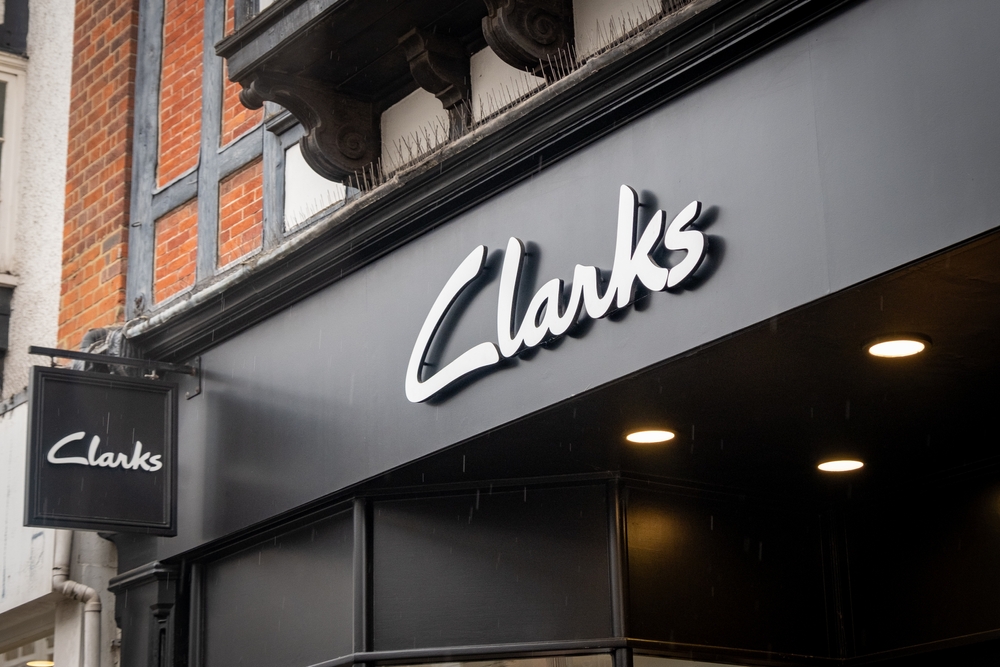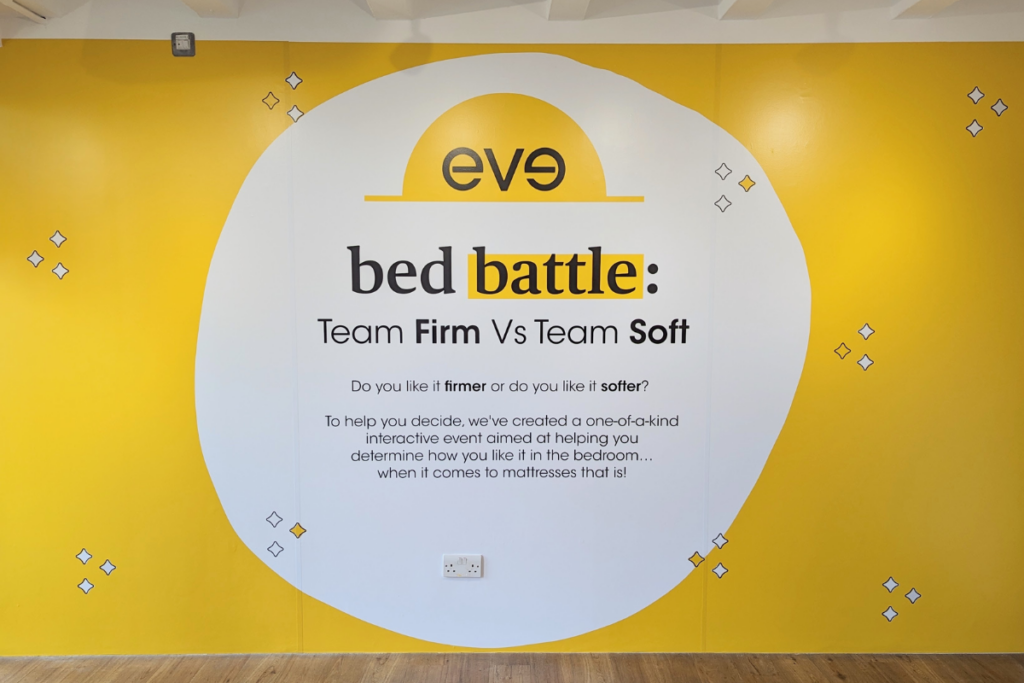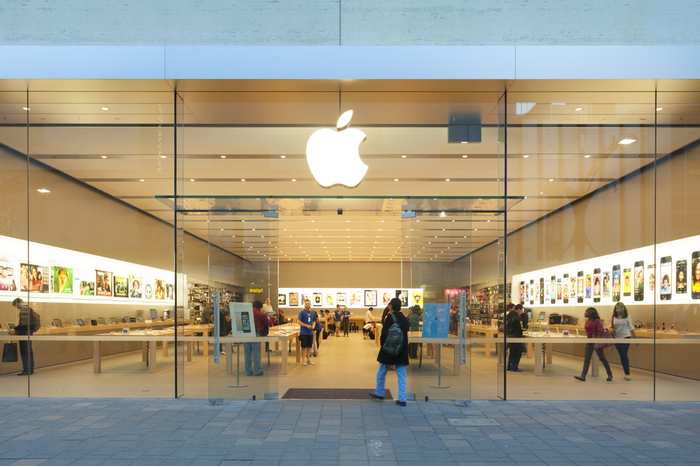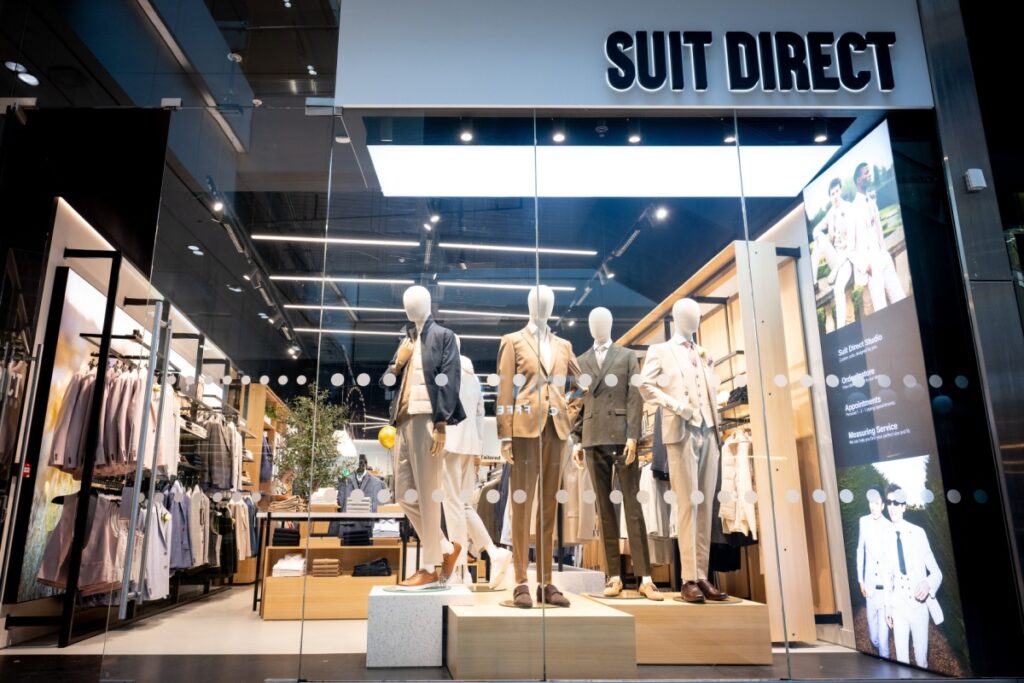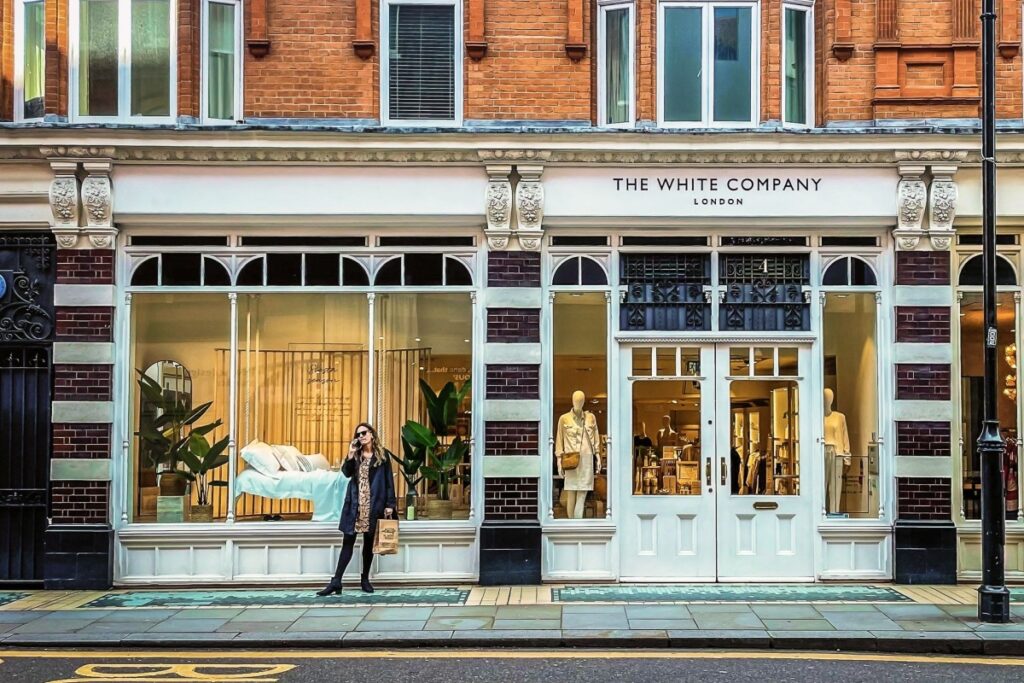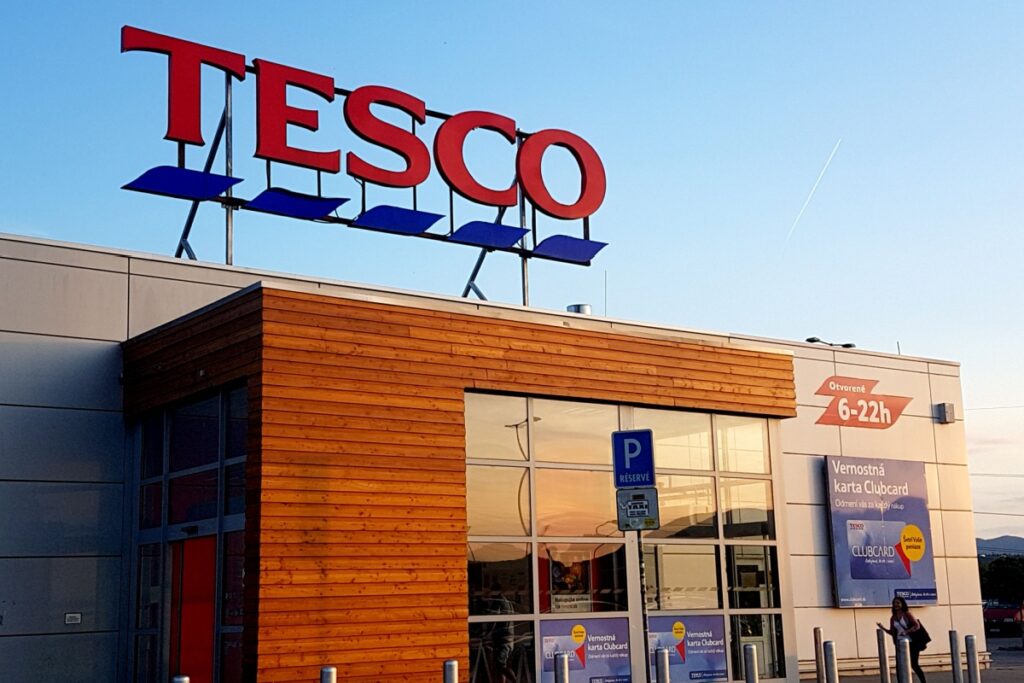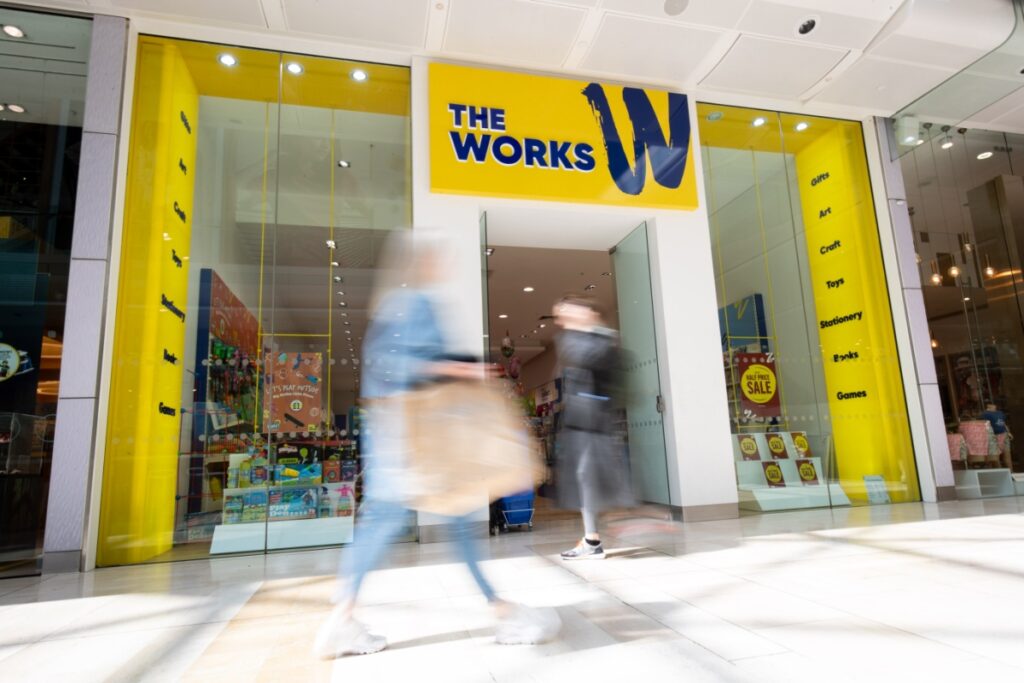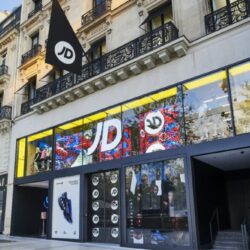In the last 12 months, retail media has taken more than its fair share of column inches, as we’ve witnessed a surge in thought leadership from every angle.
It did however, recently dawn on me, during one of the many retail media events I’ve attended, that too many of these POV’s fall short of the mark.
The retail media trend represents a shift far bigger than media; it encompasses a profound transformation in the retail landscape.
This transformation also crucially underscores a much-needed broader shift required across the advertising and media value chain.
To perceive retail media solely as a facet of media or advertising would be a significant underestimation of the monumental change occurring in the evolving business relationships between sellers and manufacturers.
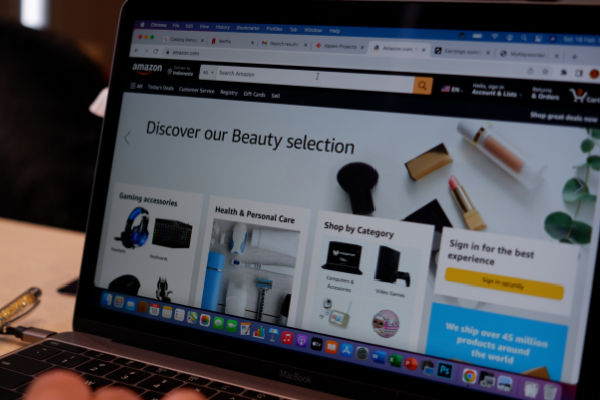
At the highest echelons of corporate leadership, discussions about monetising customer data have taken centre stage, as it promises business reinvention and growth in a landscape of increasingly tight profit margins.
Retail media holds the potential for profit margins more than 40%, a stark contrast to the single-digit margins prevalent in retail and ecommerce.
The key dynamics of this change are:
1. Operating Model
In a global economy marked by stagnant growth and persistent inflation, the allure of incremental, high-margin revenue has triggered a gold rush among not only retailers but also technology vendors and service providers.
The label retail media describes a shift in focus within retail organisations, but it can also be misleading.
Retail media encompasses much more than traditional media, involving a complete overhaul of the commercial relationships between sellers, manufacturers, and the third parties that support this ecosystem.
The dynamics of trade marketing/sales and the two-sided customer/supplier relationships in this ecosystem are complex.
Manufacturers sell products to retailers and today are now also buying media and insight services from those customers, so in turn they have become a customer.
Retailers must consider how they build a full sales offering that integrates their merchandising and media opportunities.
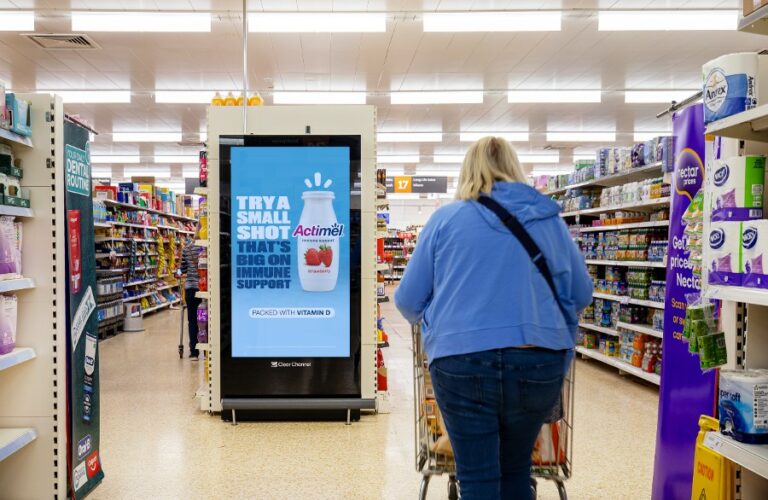
This is the coming together of a legacy sales model with less governance and a digitally enabled model where precision, delivery and proof of ROI are essential. The work involved in stakeholder alignment and adapting ways of working is not a task that should be underestimated.
The strategic advantage of having rich customer data to understand propensity to buy, new to brand or category, next best offer, and simultaneously being able to monetise this data asset by selling to CPG brands is the real competitive advantage.
Having data visibility of both what products are selling and where and what manufacturers are investing in is gold dust. It helps a retailer establish which tactics are most effective for the FMCG’s marketing spend and their own marketing expenditure and plan for how these work in harmony.
Retail media is fundamentally a central evolution in the business model between sellers and manufacturers so it’s much bigger than media and both retailers and CPG’s alike are in urgent need of problem solving around operating model, data engineering, tech stack, measurement, data monetisation and much more.
2. Technology
Transitioning to the realm of marketing technology, it becomes evident that intricate customer data utilisation requires a robust and integrated infrastructure.
While most retail businesses have adapted to ecommerce, many are now beginning to realise the advantages of integrating their retail media tech architecture with their core marketing technology stack to achieve a competitive edge.
Imagine the potential of a single tech stack and business analytics that provides insight into the drivers inside all categories and how this would change the outbound media and messaging strategy of a retailer’s marketing.
This throws up challenges of cross functional working and org design as today even in the most mature market, namely the US, these two worlds have been built in siloes and are now in need of re-coupling.
Subscribe to Retail Gazette for free
Sign up here to get the latest news straight into your inbox each morning
3. Effectiveness
Notably, consumers still predominantly make purchases in physical stores, particularly in massive retail categories such as groceries.
The allure of closed-loop omnichannel measurement sets retail media apart, yet the industry struggles to provide robust measurement of incremental sales, especially across various on-site and off-site sub-channels.
Today, CPG’s are demanding measurement and commercial terms based on incremental return on ad spend (ROAS) or proven lift in sales as a result of retail media ad spend. They want a consistent way of measuring net new revenue across retailers so establishing common standards and methodology for measurement is critical.
If we then factor in the privacy winds, which have been real in Europe for several years and are coming fast to the rest of the world, futureproofing becomes even more critical.
Retailers must ready themselves for a world where the third party cookie no longer exists, which impacts both delivery of measurement but also the scale of reach for precision targeted audience segments.
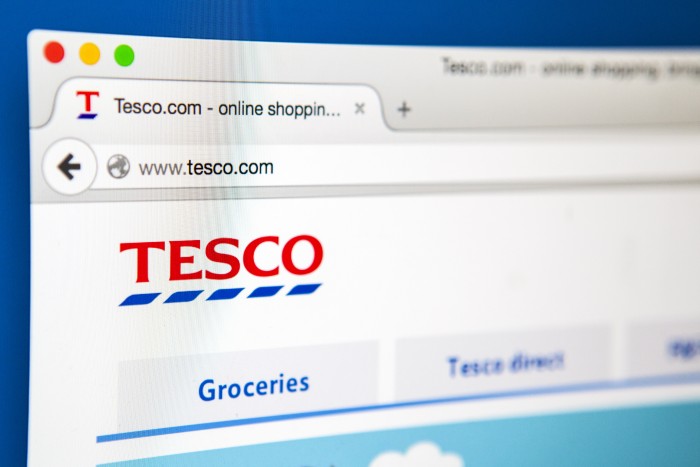
Retailers will need to evolve their technology and API integrations to provide real time incremental metrics of success, cutting more seamlessly across both store and online.
The future of media mix modelling for CPG brands looks far more frequent and dynamic with this context in mind; those able to coalesce econometrics for traditional brand channels along with daily performance data will undoubtedly steal market share.
It is also critical that anyone operating in the retail media space understands the unique set of metrics that matter and how this differs between ecommerce and selling advertising to a CPG.
An ecommerce director cares most about conversion, basket size and AOV whereas the person running retail media needs to get down to granular SKU level to provide insight into incrementality at a category and product level.
A pivotal evolution in business model
So, in essence, retail media is a pivotal evolution in the business model between sellers and manufacturers, transcending the confines of “media”.
Both retailers and CPGs face urgent challenges regarding operating models, data engineering, tech infrastructure, and more.
In the same way, there is duality between the trading relationships, retailers are also now in two distinctly different but complementary businesses: selling and merchandising product plus selling and delivering media as publishers.
These require different skillsets and strategies for certain but the most sophisticated are leveraging the competitive advantage from uniting these two disciplines to win share of mind and budget.
To succeed in this rapidly growing space, service providers and vendors must invest in a profound understanding of the broader dynamics within the retail industry, encompassing trade, metrics, and contracting…whilst simultaneously helping their clients understand the intricacies of publishing, adtech, ad operations and first and second price auctions.
Retail media is a complex, enterprise discipline, rooted in business model evolution. All marketing is rooted in a strategic effort to win share or grow revenue.
Yet, often marketing and particularly media practitioners lose their heads by being myopically focused on the buy and the delivery technology, rather than the business goals.
Let retail media not just be a lesson in effective corporate ‘pivoting’, but also in levelling up the conversation for all those working in the advertising industry.
What does the future hold?
Retail media is projected to grow at 20-30% year on year for the next five years and will be pivotal to top line and bottom-line growth for both retailers and manufacturers.
Even the biggest US retail media networks such as Walmart and Target have significant runway to catch up with Amazon who account for three quarters of the total market, and the levers are there to scale across in store, on site and off-site.
To fully leverage the opportunity however, both retailers and CPGs must anchor their retail media strategy to their broader marketing and business goals, whilst integrating with broader sales and merchandising.
The unifying driver of success here is focusing on having a robust and future-proven customer data strategy which underpins success across all retail marketing, whether that be more personalised customer messaging or data monetisation.
Paul Frampton-Calero is global president of marketing consultancy CvE
Click here to sign up to Retail Gazette‘s free daily email newsletter



